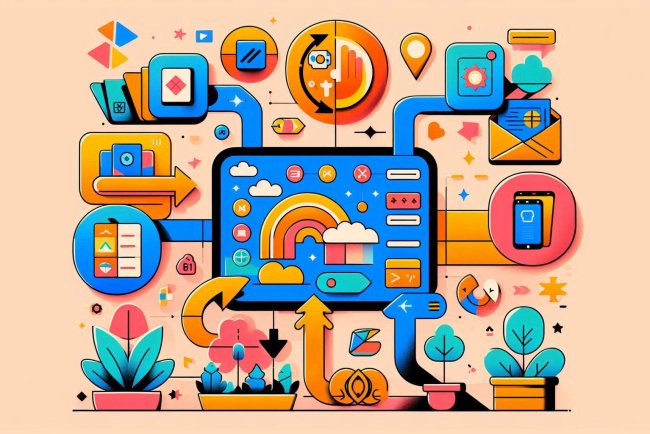Edge AI for Language Translation
Unlock the power of Edge AI for fast and accurate language translation. Improve efficiency and performance with cutting-edge technology.

Edge AI for Language Translation
Edge AI, or edge artificial intelligence, refers to the deployment of AI algorithms and models on edge devices such as smartphones, IoT devices, or edge servers, allowing data processing and inference to occur locally on the device, rather than relying on cloud-based servers. This approach offers several advantages, including reduced latency, improved privacy, and increased efficiency. One area where edge AI is making significant strides is in the field of language translation.
Challenges in Language Translation
Language translation is a complex task that requires understanding of context, grammar, and cultural nuances. Traditional machine translation systems often rely on cloud-based servers for processing, which can lead to latency issues, privacy concerns, and dependency on internet connectivity. Additionally, the massive amounts of data involved in training language models can be challenging to handle efficiently.
Edge AI Solutions
Edge AI for language translation aims to address these challenges by enabling real-time, on-device translation without the need for constant internet connectivity. By deploying lightweight AI models on edge devices, users can translate text or speech in multiple languages quickly and securely. Some key advantages of using edge AI for language translation include:
- Low Latency: By processing translation tasks locally on the device, edge AI significantly reduces latency, leading to faster and more responsive translations.
- Privacy: With edge AI, sensitive data stays on the device and does not need to be sent to external servers for processing, enhancing privacy and security.
- Offline Capabilities: Edge AI models can work offline, allowing users to translate text or speech even in environments with limited or no internet connectivity.
- Efficiency: Edge AI enables efficient use of computational resources on the device, optimizing performance and reducing dependence on cloud servers.
Applications of Edge AI in Language Translation
Edge AI for language translation has a wide range of applications across various industries and use cases. Some examples include:
- Travel: Tourists and travelers can use edge AI translation apps on their smartphones to quickly translate signs, menus, or conversations in foreign languages.
- Healthcare: Healthcare professionals can leverage edge AI for instant translation of medical documents or communication with non-English speaking patients.
- Business: Multinational corporations can benefit from edge AI translation tools for real-time communication and collaboration across language barriers.
- Education: Students and educators can utilize edge AI for language learning, enabling instant translation of texts or lectures in different languages.
Challenges and Future Developments
While edge AI for language translation offers many advantages, there are still challenges to overcome. One key challenge is the need for continuous improvement in the accuracy and performance of edge AI models to match the capabilities of cloud-based systems. Ensuring robustness and adaptability across different languages and dialects is also crucial for widespread adoption.
Future developments in edge AI for language translation may involve advancements in natural language processing (NLP) techniques, the integration of contextual information for more accurate translations, and the use of neural machine translation models optimized for edge devices. Collaborative efforts between researchers, developers, and industry stakeholders will be essential in driving innovation and expanding the capabilities of edge AI in language translation.
Conclusion
Edge AI is revolutionizing language translation by bringing real-time, on-device translation capabilities to users around the world. With low latency, enhanced privacy, and offline capabilities, edge AI offers a compelling solution for overcoming the limitations of traditional cloud-based translation systems. As edge AI technologies continue to evolve and improve, we can expect to see even more innovative applications and advancements in the field of language translation.
Overall, edge AI for language translation holds great promise for improving cross-cultural communication, enabling seamless interactions across languages, and empowering individuals and businesses to connect and collaborate on a global scale.
What's Your Reaction?

















